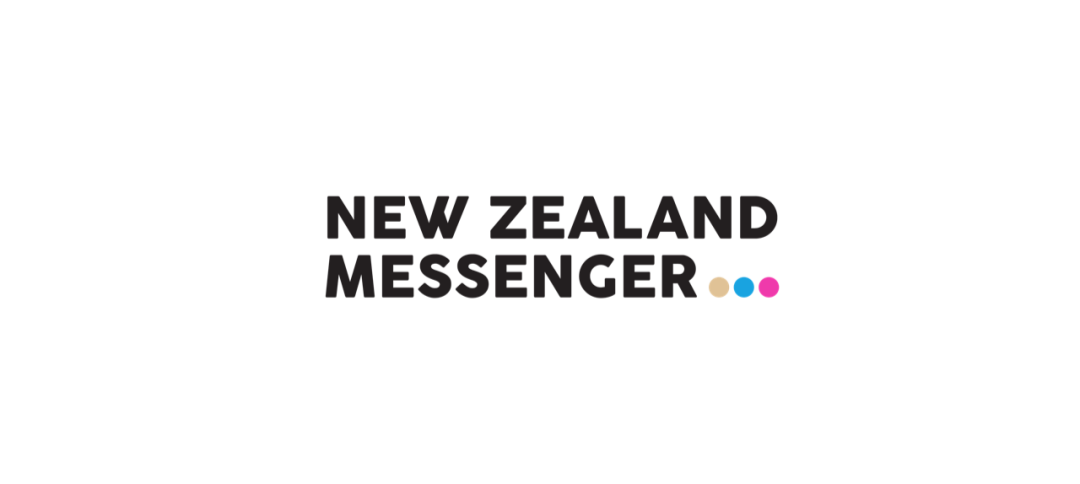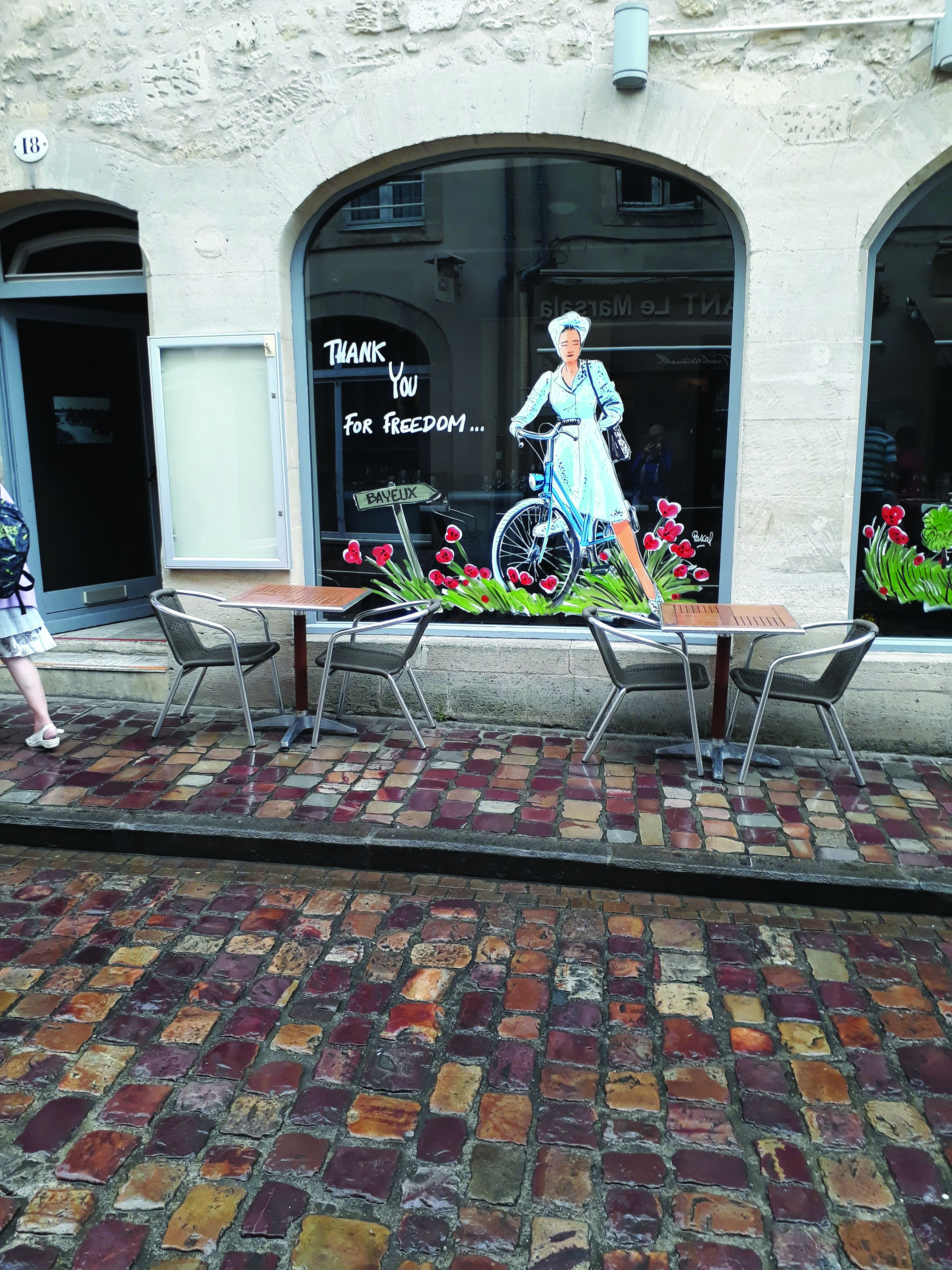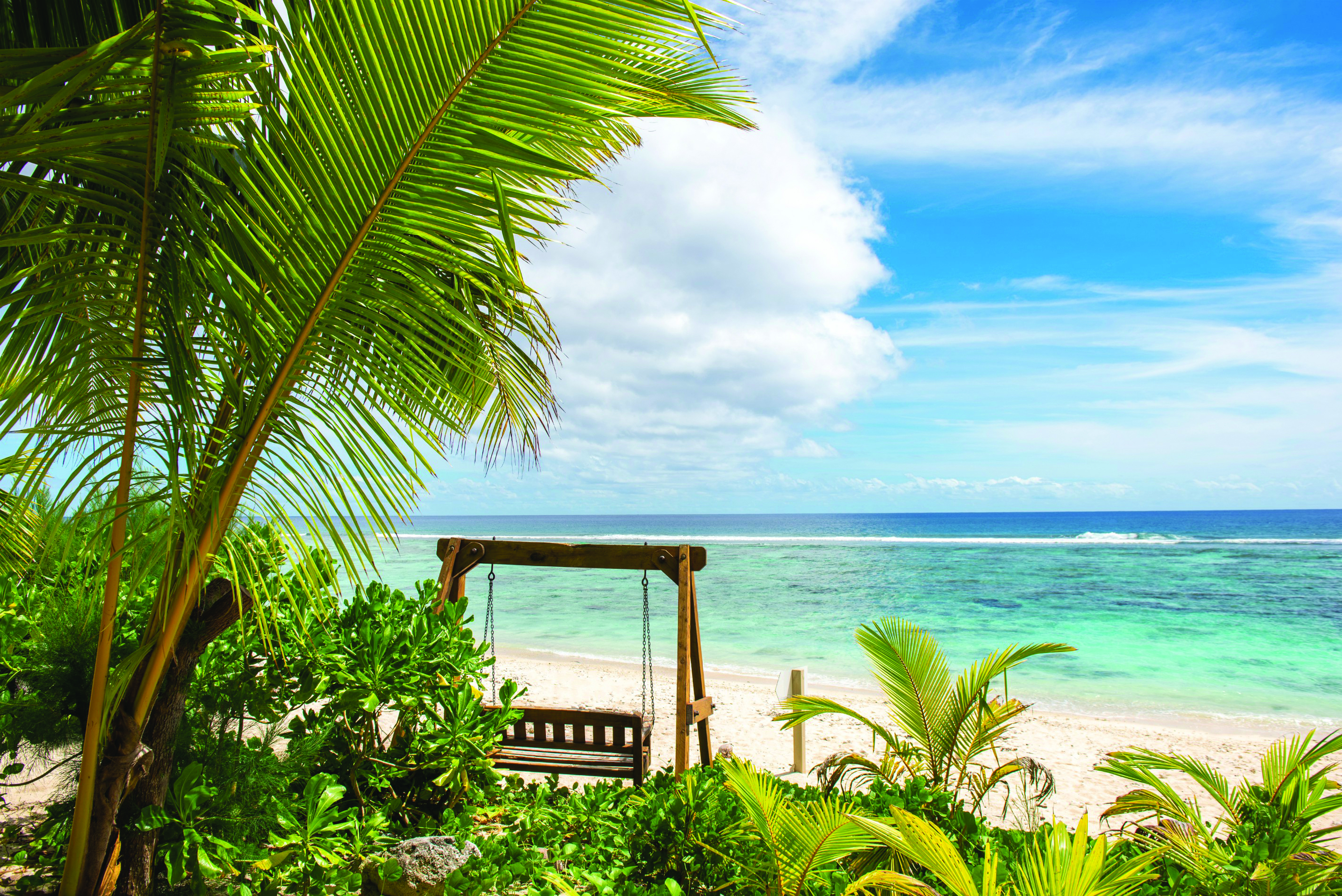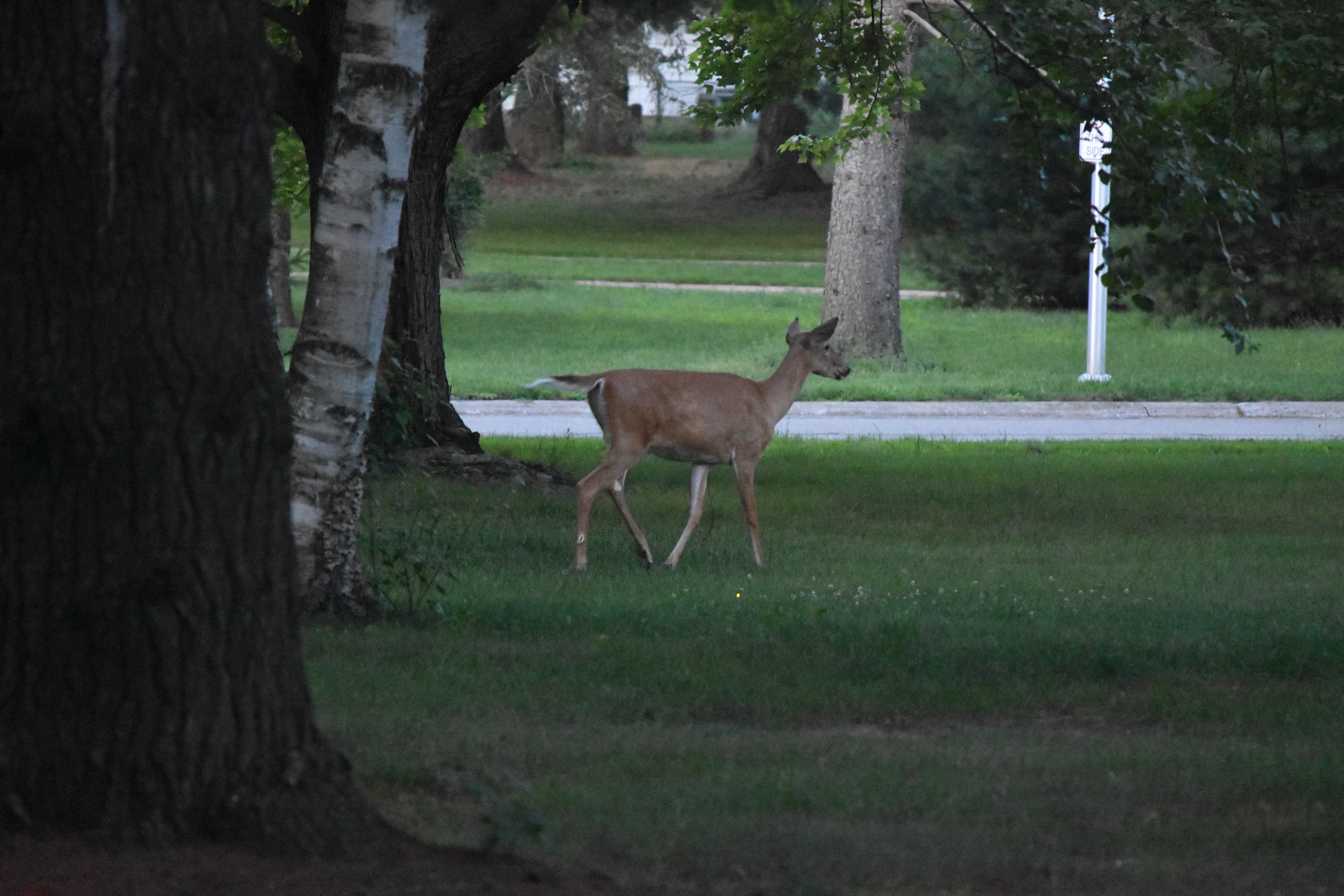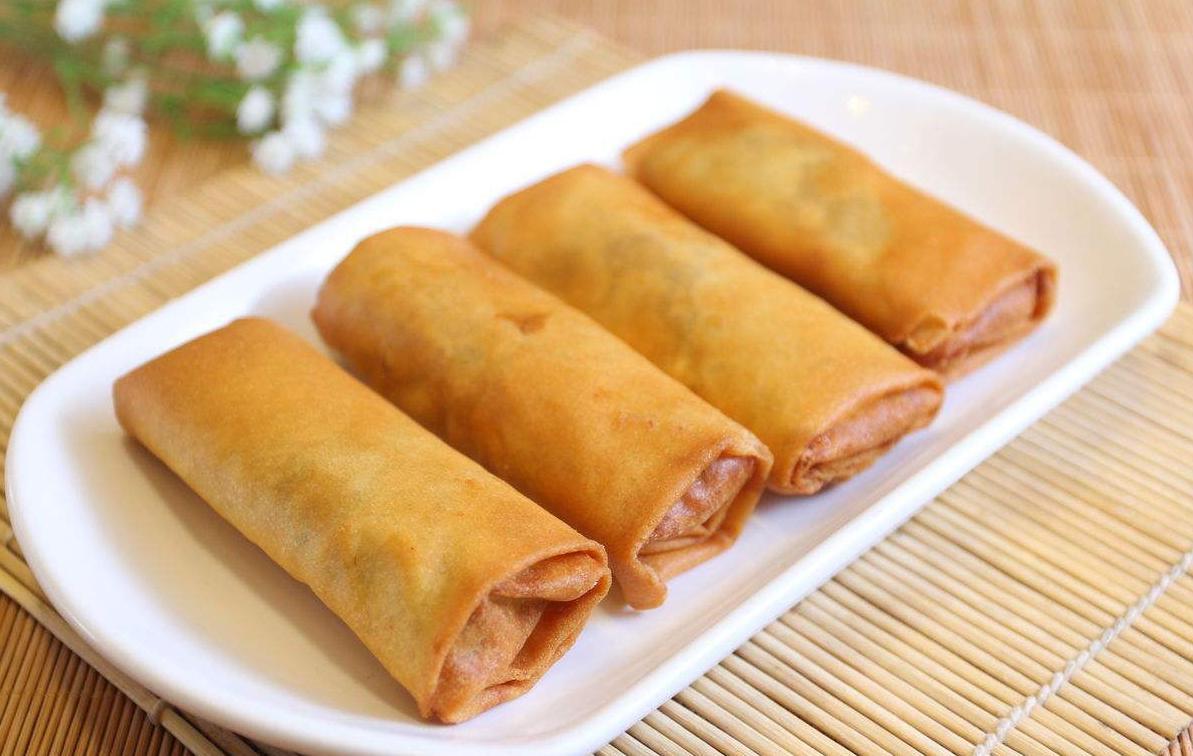Journey to Finland and Norway – the top of the world
By Jim Davis
Having made their way through the UK and the Baltics, Jim and Karen progress into Scandinavia, and find it to be a fascinating place.
Having travelled through Lithuania, Latvia and Estonia, we were looking forward to the ferry journey from Tallinn to Helsinki. As expected, it was smooth and uneventful. I was ready to step ashore into a fully modern, Western-feeling city, and the contrast hit you smack between the eyes straight away.
First impressions of Helsinki
Rolling off the ferry into Finland you are literally straight into downtown Helsinki central. The city comes right down to the waterline and the two are inextricably linked. So creating traffic thoroughfares for modern intercontinental lorries and so on through an old historic city has created some interesting road situations for Helsinki. One moment you’re on regular road and the next you’re on cobbled streets. But straight off you know you are in a modern thriving culture. Like everything in Finland, it’s clean, Scandinavian cool, and just a wee bit different.
Helsinki isn’t one of the tourist haunts the average European tourist visits, but with the rapidly-growing popularity of Baltic cruises there’s no doubt more and more people are visiting here. The city offers everything we have come to expect in modern travel niceties along with the historical attractions that would appeal to everyone. It is really cool.


Islands, roads, lakes and trees
Dotted in and around the coastline are thousands of islands, and the local tour and water taxis are criss-crossing the archipelago all the time. The number one Finnish tourist attraction is the island of Suomenlinna. Originally a military fortress to protect the entrance to Helsinki, this island is a must-see, and can easily occupy you for a full day with all its attractions.

In our plan for this journey as well as wanting to visit the country in its own right, we were using Finland as a stepping stone to the “top of the world.” So once we had spent a few days in Helsinki we followed the coast north, and what a drive. Great roads, over bridges through tunnels crossing to offshore islands, back on the mainland and progressing ever northward. As well as the long coastline Finland has thousands of lakes; in fact the saying goes “water water everywhere” and if it’s not covered in water it’s covered in forests of trees. The scenery was stunning and the travel easy.
Visiting Santa’s hometown
A major attraction for us in Finland was the town of Rovaniemi – better known as Father Christmas’ village.

This operates 365 days a year and is now acknowledged as his likely home – when he’s not at the North Pole of course. The place has become a major tourist attraction complete with theme park and the resulting theme park atmosphere. Offering accommodation, meals and attractions like sleigh rides, husky sled rides, ski doo rides and so on. We arrived in their summer months and somehow I feel the place would look different and better when there is snow on the ground in winter because I wasn’t really impressed. Now, before you cut me off your Christmas card list, I have to say it felt a bit like a tawdry theme park, and the service in some of the shops reflected that.
One thing about the village, however, and the reason for its fame is that it straddles the Arctic Circle and once you cross that line the local landscape changes.

As we drove north the forests surrounding us changed, the further north we went the smaller and thinner the trees became, until they eventually fizzled out to scraggly scrubby type bushland, before finally disappearing completely. The cold and the snow along with the lack of sunlight rapidly changes the vegetation.
Into Lapland and the Far North
When you cross the arctic circle you also move into an area that crosses national and geographic boundaries, known as Lapland. Lapland was the traditional roaming territory of the Sami, the indigenous people of the northern climes, known more recently for their migratory farming of reindeer in this cold harsh environment. Reindeer are still farmed and allowed to roam free in these areas, and you can see them everywhere.


Road trip to North Cape
Eventually we crossed out of Finland into that bit of Norway that curves across the top, and continued our drive towards Nordkapp or North Cape. This is the most northerly point of Europe that you can drive to. In fact there is only one headland that juts further north by a few hundred meters and it’s right beside Nordkapp but inaccessible. As you drive north the vegetation just disappears and the land becomes a wind swept rounded rolling rocky landscape.
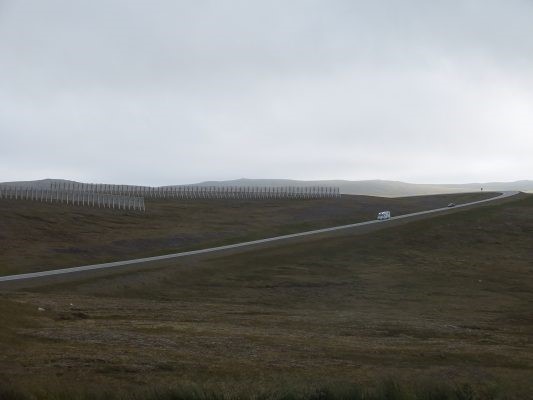
Because we got there in summer months there was a green tinge of lichen, moss and small grasses showing over the rock and gravel-strewn landscape. The only other similar landscape I have previously seen was in Mongolia, another country that experiences long periods of snow cover.
Nordkapp itself is located on an island off Norway’s north coast. Luckily, it is now connected by an amazing 7km tunnel that drops steeply for 3km then levels out a bit before rising up again for 3km, after which you drive out on the island of Mageroya. Amazingly the island is well populated with some stunning bays and inlets for the people who live there and they mostly seem to be involved in the fishing industry. I have never seen a place more picturesque. What the heck they do in winter this far north I have no idea.
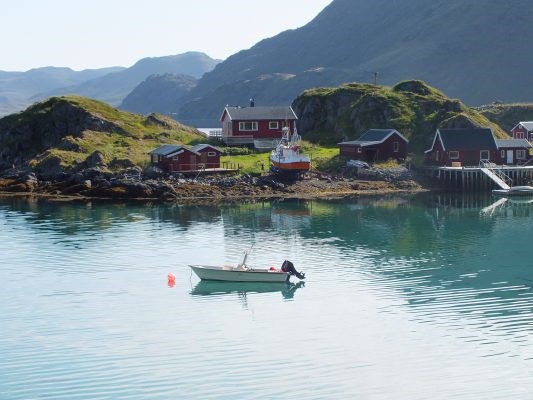
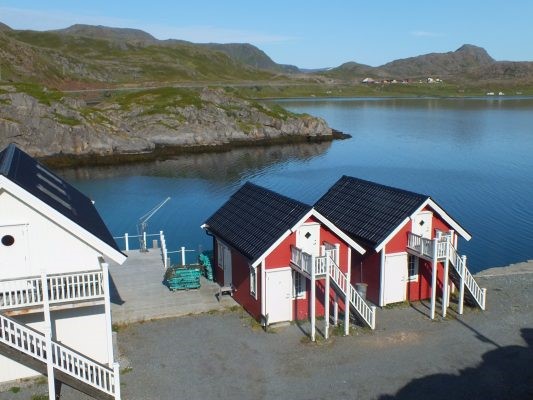
Eventually the road reaches “the top of the world” and you can go no further.
At the top of the world
Why did we want to go there? Simply just because it’s there! We live at the bottom of the world, why not go to the top?
When you get there you are in an exposed car park, open to every wind and all weather conditions. They have literally had vehicles blown off the road previously – it is a tad exposed. There is a magnificent building built into the landscape housing a cafe, museum theatre and viewing areas. It’s obvious the location attracts people from all over, and they arrive by car, bus, walking, bicycles and motorbike. Just getting there is a mission and an attraction in itself, and ultimately requires the obligatory photo beside the world globe, signalling you have reached the top.
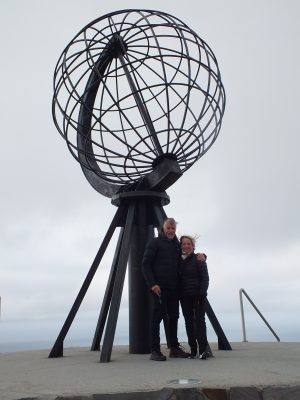

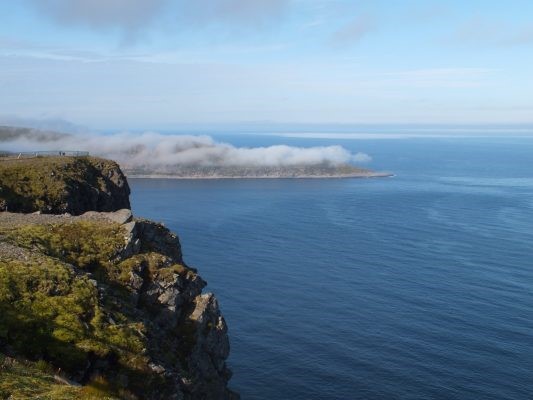
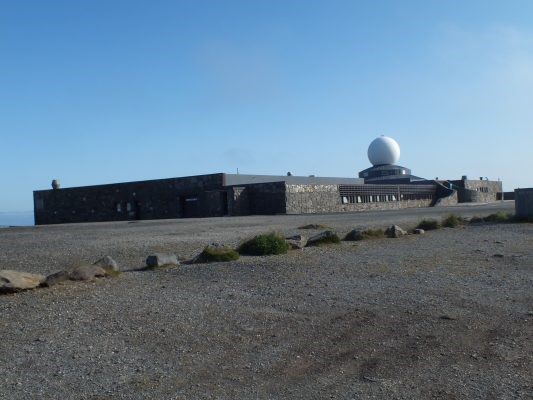
We stayed the night in the carpark at Nordkapp hoping against hope we might get a glimpse of the famous northern lights. But it was not to be – wind rain and cloud took care of that.
The next day, however, was stunning, at least for a short period, and enabled us to get some beautiful photos on our way back south. Norway you’re a stunner.
Scenery to rival our own?
So now we are officially in Norway and our plan is to meander south crossing between Norway and Sweden. First stop on the way south was the Lofoten islands,
Around the world New Zealand is known for its stunning scenery, but I have to say Norway is equally as stunning – especially the beautiful Lofoten islands. They’re a magical place comprising of a raft of islands that all lie above the Arctic Circle but are bathed in the Gulf Stream so have an atypical climate for this part of the world. Yes, they still get snow and ice, but the temperature ranges are not as extreme as other parts of the country. As a result of the Gulf Stream flow for two months of the year, Arctic cod swim to the waters round Lofoten to breed, and as a result the legendary Lofoten cod fishing industry has existed here for centuries. Over February, March and April the cod are caught and dried and this all happens on the Lofoten islands.
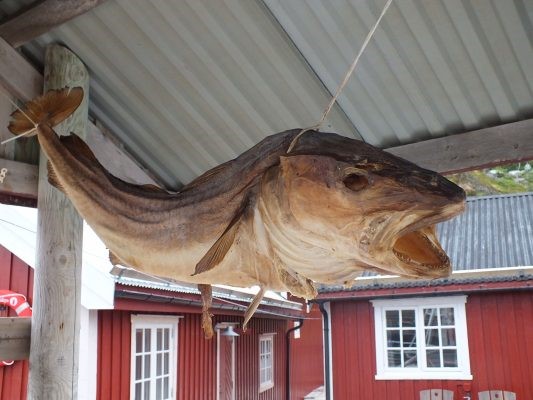
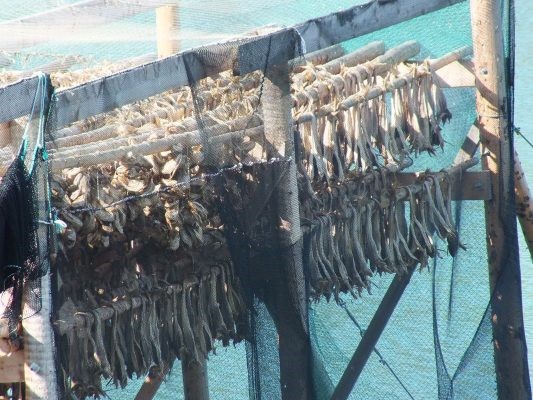
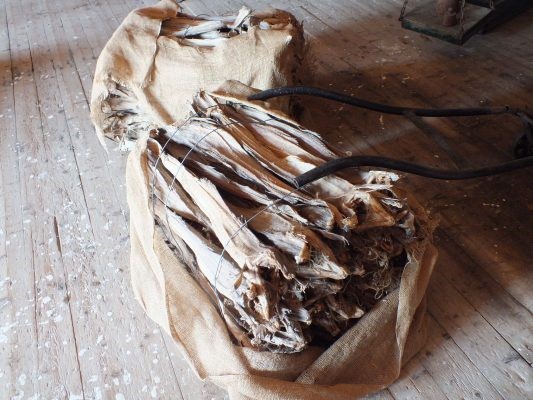
I have no idea what they all do the rest of the year, but over a three month period it seems the islands fishing fleets are all go.
Fishing villages, fjords and ferries to the Lofoten Islands
We arrived in August in late summer and drove onto the islands via the main bridge access in the north of the islands, then spent the week meandering down the island chain. The whole group is linked by an amazingly good road which crosses between the islands and over fjords by some amazing tunnels and bridges. The road systems here put New Zealand’s to shame. Dotted all through these picturesque islands around the coastlines and up the fjords you find lovely fishing villages, with the red painted fisherman’s huts. While a lot of them are still actively involved in the fishing industry, plenty are geared up for the tourist industry that flocks to these islands.
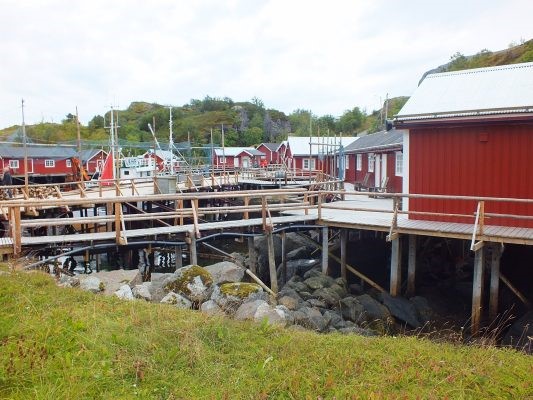
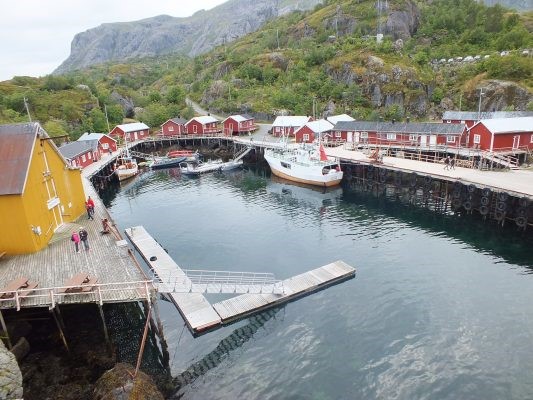
Cafes, restaurant, outdoor based pursuits, fishing, bird watching, whale watching, hiking – it’s all here. You just have to be able to afford to pay for it. I imagine when it’s the height of summer these islands would be chocker with people. They truly are a stunning place to visit and should be on everyone’s bucket list.
We are now sitting on a ferry crossing back to mainland Norway, having driven from the top of the islands to the town of “A” at the bottom, and loved every minute of the journey.
In a nutshell, put these two countries on your travel list. You won’t be disappointed that’s for sure – I highly recommend them.
Inspired to travel to Finland and Norway? Pop in and see us at World Travellers Riccarton to get some itinerary inspiration and start planning your own adventure to the top of the world!
World Travellers Riccarton LOGO
联系方式
